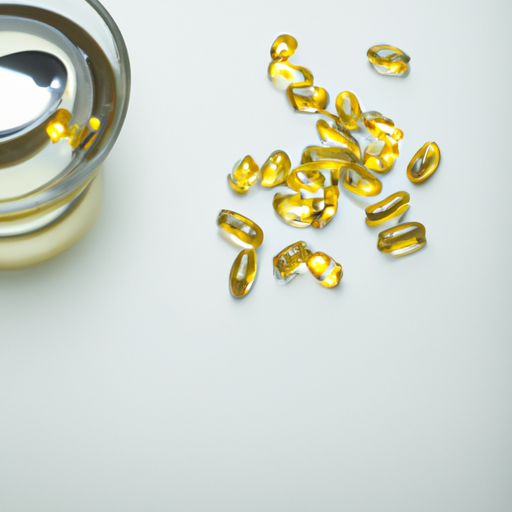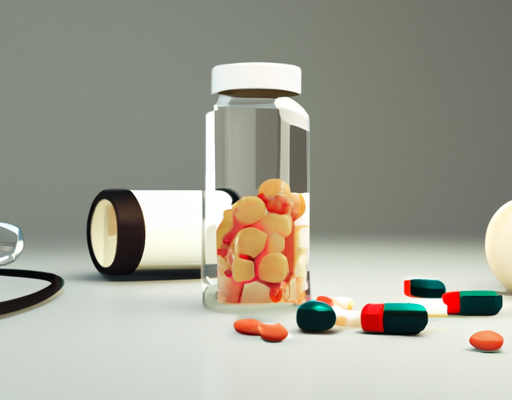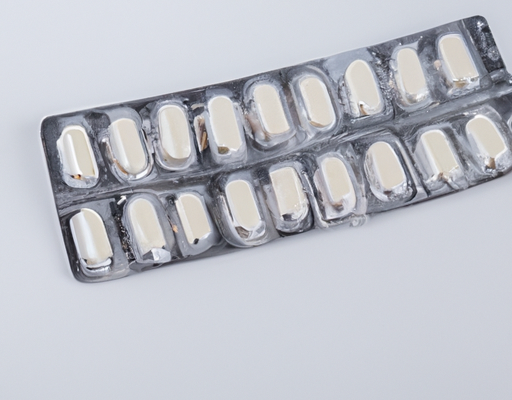Symptoms
Heat rash on the back of the knee is a common condition, especially in hot and humid weather. It is caused by sweat glands being blocked and the sweat being trapped underneath the skin. Symptoms of heat rash on the back of the knee include red bumps and skin irritation, as well as itching and pain. In more severe cases, the affected areas may be swollen and it may also be accompanied by a burning sensation. To reduce the irritation, it is important to keep the affected area cool and dry. If symptoms persist, it is important to seek medical advice.
Causes
Heat rash, or miliaria, is a common condition that occurs when sweat glands become blocked or overly active. It is most often found on a person’s back, neck, and chest but can also be present on knees and feet. Heat rash on the back of the knee is usually caused by tight or restrictive clothing that doesn’t allow the sweat to evaporate or tight fittings shoes. Additionally, people who live in hot, humid climates or work outside in hotter climates are more prone to heat rash. Heat rash can also be caused by friction from movement, such as hiking, backpacking, or running, if legs and feet are not properly clothed for the activity. Finally, any clothing that causes sweat to be newly released and trapped in the area before evaporating can also cause heat rash.
Treatment
Heat rash on the back of the knee is a condition that can be irritating and uncomfortable for those affected. It is usually caused by excessive sweating in hot and humid conditions. Fortunately, it can be treated with proper care. Here is a step-by-step guide to help you manage heat rash on the back of the knee:
- Keep the affected area clean and dry.
- Avoid clothing that is too tight, as it can restrict air circulation.
- Take a cool bath to keep the skin hydrated & soothe irritation.
- Gently pat yourself dry with a soft towel.
- Apply a light moisturizer such as a soothing lotion or cream.
- Wear absorbent clothes that are loose-fitting and breathable.
- Avoid activities that create a lot of friction or heat.
- If the rash persists, contact your doctor for further advice.
Following these steps can help to relieve the symptoms of heat rash and bring lasting relief. Additionally, it may be necessary to prevent heat rash by limiting activities in high temperature and humidity. Taking preventative measures, such as wearing loose-fitting and breathable clothes, and limiting exposure to heat and humidity should help to keep the condition under control.
Prevention
Heat rash, also known as prickly heat, is a common skin condition that is caused by the blockage of the sweat glands by an accumulation of sweat or by excessive heat and humidity. It can cause an itchy and prickly sensation on the skin, and is often found on the back of the knee. Unfortunately, it can be a nuisance and can cause discomfort in extreme cases. To prevent heat rash from occurring, the best course of action is to keep the skin dry and cool. Wear light, breathable clothing, keep the skin clean and dry, and try to avoid activities that produce excessive sweat and heat. Additionally, it is important to take frequent cool showers, particularly in hot and humid weather, as well as drink plenty of water and stay hydrated. By taking these steps, you can enjoy your days in the heat without worrying about the discomfort of heat rash.
Risks
Heat rash on the back of the knee is an annoying and sometimes painful condition that can be caused by excessive heat and sweating. There are a variety of health risks associated with this condition, including skin infections, tissue damage, allergic reactions, and long-term scarring. Heat rash may also become aggravated if left untreated, leading to further irritation and inflammation of the skin. Additionally, if the rash is severe, it can lead to swelling, redness, and severe pain in the affected area. In some cases, heat rash may also cause secondary infections that may require medical treatment. It is important to consult with a doctor if the heat rash persists, as the severity of the rash can determine the best course of treatment.





No Comments